[HeartBeat Detection]
The heartbeat measurement technology that we chose for this project is the photopletismography. This technique is based on the use of a photodiodethat emits a light pulse in a specific wavelength which, after passing by the blood vessel, the wavelength signal captured by the photosensor changes.

According to that change, we can determine whether a pulse of blood has passed in a specific time, depending on our sampling rate.
[Stress Recognition]
Once the signal is taken, it is carried to the raspberry Pi using a proper wirebased connection to avoid any unwanted interaction with other signals and for a better performance of the device. Then, the Raspberry PI will process the data in real time and, at the same time, it will do a basic threshold based control for deciding whether the person is under stress or not. When this process recognize the stress, it makes beep sound for warning.
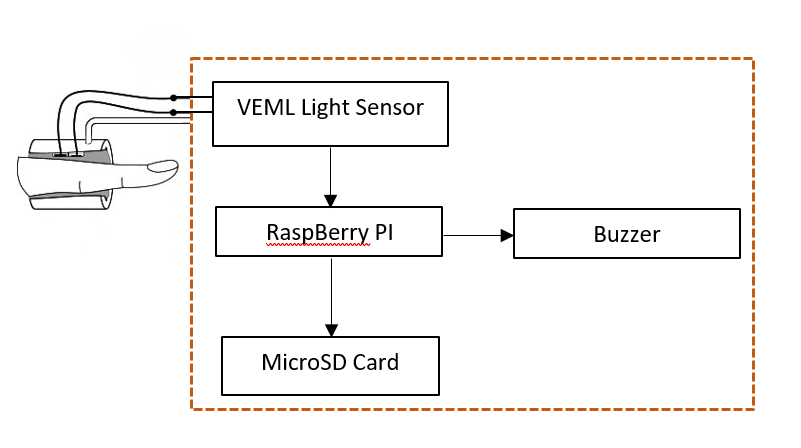
 Daewon Jung
Daewon Jung


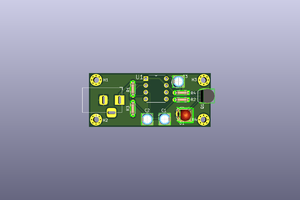
 mbsg99
mbsg99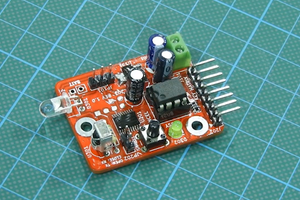
 Mrinnovative
Mrinnovative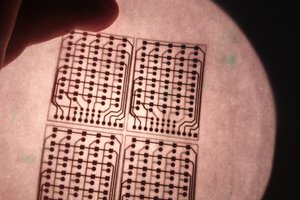
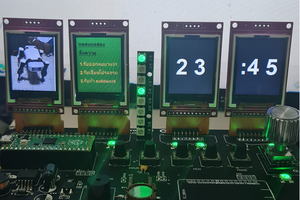
 Yakroo108
Yakroo108